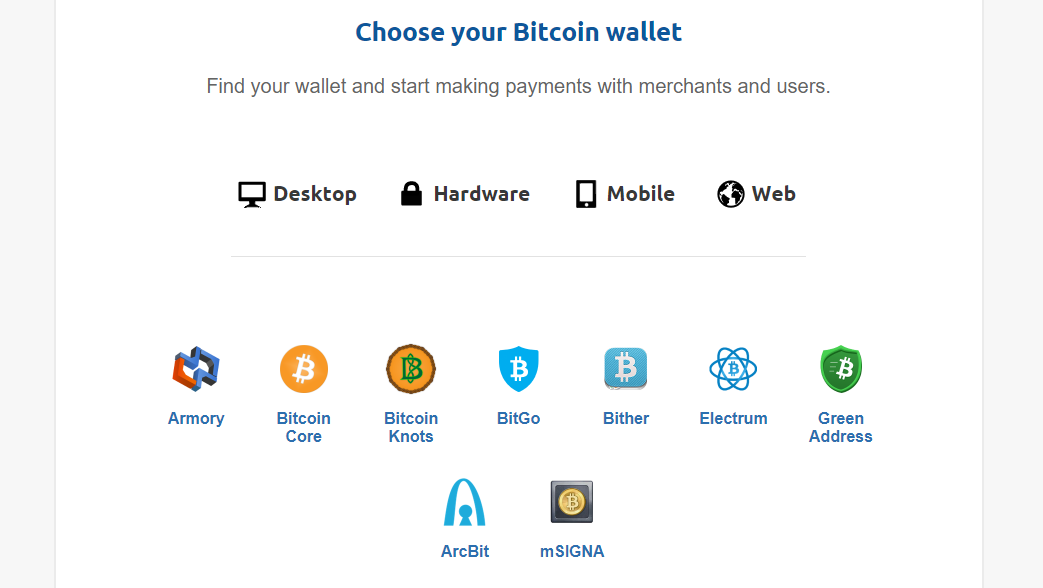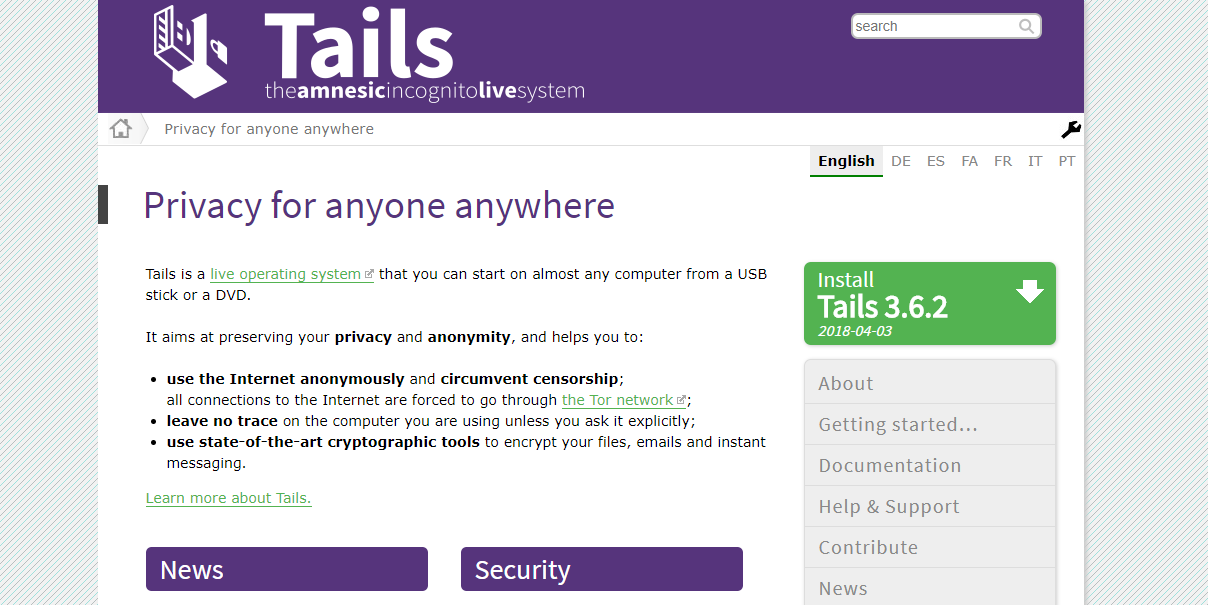
Before you start buying bitcoin, you will need a place in which to store them. In other words, you will need a bitcoin wallet. Generally speaking, there are three main types of wallets: electronic wallets (software-, online- or cloud-based), hardware wallets and paper wallets. Keep in mind that your bitcoin wallet only holds your private key (or more private keys) which allows access to your bitcoins, but it will not hold the coins themselves. This makes bitcoin storage more secure. When talking about blockchain technology and cryptocurrency storage, safety is one of the most important issues. Therefore, in this article, we’ll show you some of the best ways to store bitcoins.
So, are bitcoin wallets safe?
Blockchain technology provides data protection against hacking attacks and any other fraudulent activities. However, safety often depends on the version and format of the cryptocurrency wallet you have chosen and the way you use them.
The safest option to store bitcoins is to get yourself a hardware wallet. This type of wallet is always offline, meaning it’s not exposed in any way. That way, there is no risk of hacking or stealing private keys. Online wallets are the most insecure storage technique, as private keys are held by a third party.
Experienced bitcoin investors use combined storage techniques. They hold a part of the assets (long-term bitcoin assets) offline and a part of the assets (for liquidity purposes) online. Of course, you will choose your storage technique according to your needs. Whichever option you go for, be careful. Back up everything and only tell the persons of your greatest confidence where you stored your backups.

Bitcoin Wallets
Basic ways to store bitcoins
These will protect against the majority of hacking attacks (and they don’t require any special cryptography knowledge), so it’s worth to put a little effort into how you manage your cryptocurrency. The following tips are a great start when constructing your cryptocurrency security system.
The first and basic rule is not to give anyone access to your private key, obviously. Also, consider carefully where you store your private keys. This is something you absolutely cannot afford to lose because they are the key to your stash of bitcoins. Whoever has them can access them.
Store any asset of significant value in a hardware wallet such as physical device, like a USB drive, that isn’t public, i.e. there is no connection to the internet. Experts strongly recommend not to store bitcoins, especially if you have a lot of them, in any way that makes them connected to the internet. Internet, since it is public, can provide a skilled hacker with plenty of opportunities to attack your wallet, or to get access to them.
One of the secure transaction schemes you can use is the following:
Use a bootable USB flash drive (in our example we’ll use Tails). Make sure it has encrypted storage. The next step is to create passwords for login and for encryption. After this, you need to create a cold wallet and come up with the password to get access to the wallet from any computer in the future.

Tails Home Page
Select the checkbox next to “View Transaction Before Signing”. Next, make a type of wallet known as a “watch-only wallet”. This can be done by using your public address or public key.
To view the balance of your bitcoins and generate new addresses from public key copy your Bitcoin public address into a text document on a flash drive and shut down the Tails.
For spending your bitcoins run Tails again without using the Internet.
Execute the transfer – you will see a window pop up because of the checkbox next to “View Transaction Before Signing” you clicked earlier. Click “Sign”, type in your password and click “Save”.
Perform all the actions without using the network and Internet. Copy the transaction file to the flash drive.
For sending the signed transaction to the Blockchain follow next steps:
- Click Start in the main OS
- Open your wallet
- Choose e.g. “Load transaction from file” in the menu
- Load the signed transaction from a flash drive
- Press “Broadcast” button
Important note: As mistakes occurs, it is recommendable to check address after you have copied it in the field. Go back to the wallet, memorize the first 2 digits and last 2, and then go to back to the form and check are the copied numbers correct. Also, some computer viruses are able to replace the bitcoin address you copied to the clipboard, to another address.

Trezor Home Page
More ways to store bitcoins
It’s also important to remember all the small security measures you can take to protect your general digital life and help defend your cryptocurrency. You can use a password manager, two-factor authentication, enhanced security protocols for your email address, add protection various mechanisms to your phone number etc.
Another useful advice is to use the so-called cold storage method. In other words, you should keep at least some of your bitcoins offline. Methods of cold storage are e.g. USB drive or paper wallet.
Consider your transactions carefully, too. The best way to defend against an intrusion to your assets is simply to watch all transactions carefully and take measures to protect yourself.
And to conclude, to protect and store bitcoins in the best possible way you also need to increase your computer literacy and get all available information about safety measures. We also recommend avoiding any unnecessary actions and to hold strictly to instructions while performing Bitcoin transactions.
So, that’s about it. We haope our tips were helpful for you to find the best possible way to store bitcoins in a safe manner. We have more articles just like this one on this website, so browse around and learn everything about the exciting world of cryptocurrencies.
The post How to store bitcoins? appeared first on Crypto Trading Reviews.




